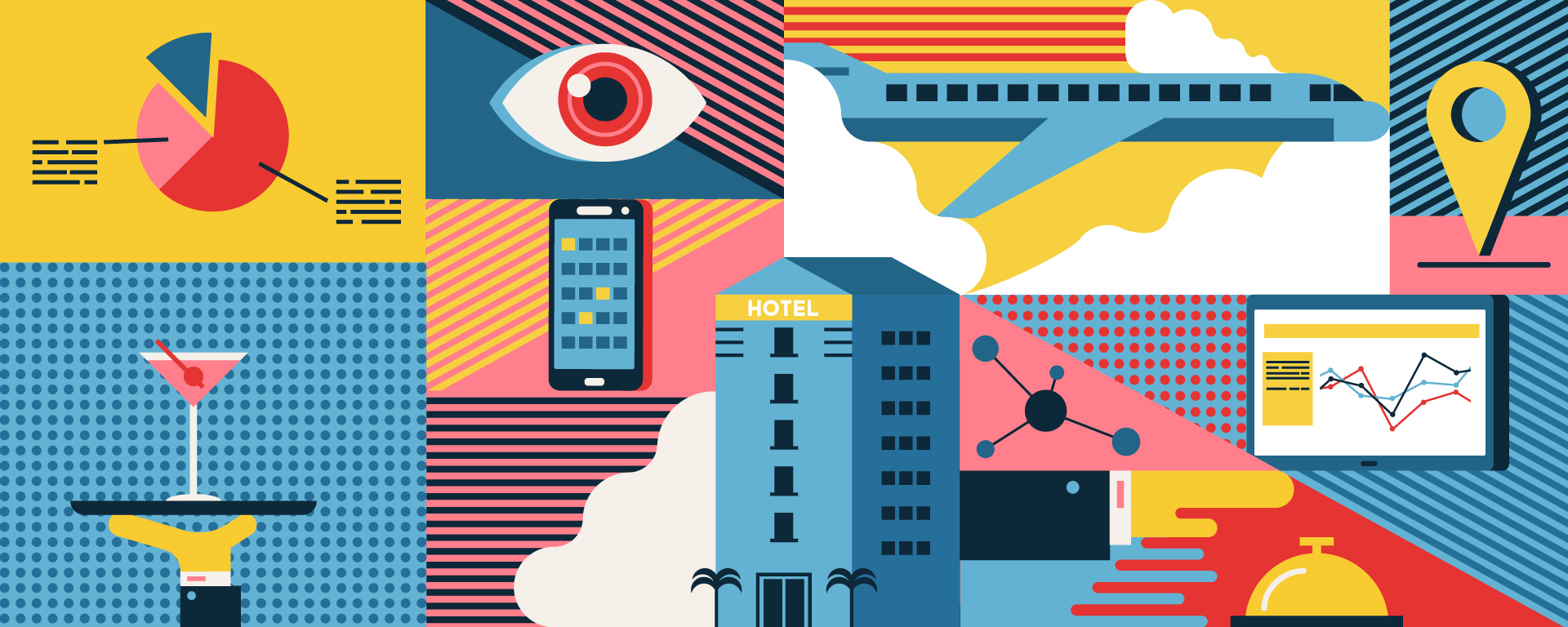Hotels try to anticipate what a guest wants before they ask, or, even better, before they even know that they want it. But relying on employees to make these predictions based on their personal knowledge of guests doesn’t always work. Fortunately, hotels now have a new tool that dramatically improves customer service — predictive modeling, also known as predictive analytics.
Enabling a Higher Level of Customer Service
According to the Hospitality Technology 2016 Lodging Technology Study, only 16 percent of hoteliers are currently using predictive modeling and analytics. This means that those owners and operators leveraging this technology have a significant opportunity to provide a level of customer service that guests aren’t able to find at many other properties. This technology allows hotels to take data collected about guests, including real-time, historical and third-party consumer data, to determine what a guest is most likely to want or do next. Common types of data include income, average spending, nationality and geographic location, as well as data from social posts and activity on the property. Predictive analytics uses real-time data in addition to historical data, which allows hotels to make decisions based on what’s actually happening in the guest’s life at the current moment.
Leveraging Mobile Devices and Interactive Displays
If a couple drops off their child in the kids’ center at the hotel for the evening, it’s highly likely that they plan to enjoy a date night. By sending a text offer to their smartphones with a coupon for a discount at the high-end restaurant on the property, hotels may increase the likelihood that they dine at the hotel’s restaurant instead of heading elsewhere. In addition to the possibility that the hotel can increase its revenue, the guests receive something of value to their current situation and feel that the hotel understands their needs.
Predictive modeling can also be used to customize a guest’s environment. If a guest inquired about spa services the day before, an interactive lobby display can change to information about the spa when they walk down the hall, and the technology can enable the guest to make a spa appointment directly from the display. Or, if a guest was watching a football game in their room and then heads to the bar, the television in the bar can be set to display the second half of the game when the server seats the guest at the restaurant.
Hotels can take this to the next level by personalizing even more content. When a person sits down at a restaurant table, the server can hand the guest a tablet with customized suggestions based on collected data. International guests can automatically see a menu in their native language, while vegetarian guests can see a menu full of vegetarian options. And if a guest has ordered a steak the past three nights, then the daily special on the front of the menu can be customized for their preferences and feature a porterhouse.
By using data analytics tools in your hotel to enable predictive modeling, both the revenue and service at your property will likely increase dramatically. Everyone wants to feel understood and important, and by providing this level of service, your guests will feel a higher level of satisfaction and are more likely to become repeat guests.
Learn more about Samsung’s solutions for the hospitality industry, and how to use them to improve the guest experience.

